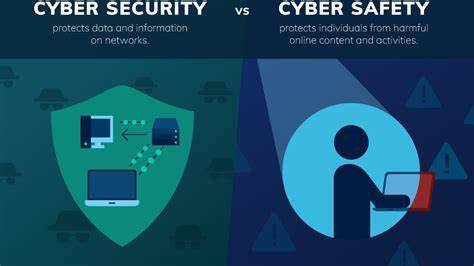Introduction: In the rapidly evolving landscape of cybersecurity, where digital threats loom large, it’s easy to overlook the importance of physical security. The reality is that physical security plays a pivotal role in safeguarding sensitive information and digital assets. In this blog post, we will explore the often underestimated connection between physical security and cybersecurity and why organizations must prioritize both to fortify their overall security posture.
The Interconnected World: In today’s interconnected world, where virtually every aspect of our lives is digitized, the boundaries between physical and digital security have blurred. Cyber threats can manifest in the physical realm, and vice versa. Neglecting physical security can expose an organization to a range of cyber risks that go beyond the virtual landscape.
- Protection of Physical Infrastructure: Physical security is the first line of defense against unauthorized access to critical infrastructure. From data centers to server rooms, ensuring that only authorized personnel can enter these spaces is paramount. Physical breaches can lead to unauthorized access to servers, compromising sensitive data and providing a direct pathway for cyberattacks.
- Preventing Insider Threats: Not all threats come from external sources; insider threats pose a significant risk to organizations. Physical security measures, such as access control systems and surveillance cameras, help deter and detect unauthorized activities by employees. By mitigating insider threats at the physical level, organizations can preemptively address potential cyber risks associated with malicious actions from within.
- Securing Endpoints and Devices: Physical security extends to the protection of individual devices and endpoints. Laptops, servers, and other hardware containing sensitive information are vulnerable to theft. Implementing measures like cable locks, secure storage, and surveillance helps safeguard these devices, reducing the risk of data breaches and unauthorized access.
- Mitigating Social Engineering Attacks: Physical security is crucial in preventing social engineering attacks, where individuals exploit human psychology to gain access to sensitive information. Cybercriminals often pose as employees or service personnel to gain physical access to restricted areas. Robust physical security measures, such as identity verification protocols and visitor management systems, can thwart such attempts.
- Compliance and Legal Requirements: Many industries are subject to regulations that mandate a certain level of physical security. Non-compliance not only exposes organizations to legal repercussions but also increases the likelihood of cyber threats. Aligning physical security practices with industry-specific regulations contributes to a holistic approach to cybersecurity.
Conclusion: In the intricate dance between the physical and digital realms, the significance of physical security cannot be overstated. It is an integral component of a comprehensive cybersecurity strategy, working hand in hand to fortify an organization’s defenses. By recognizing and addressing the interconnected nature of these two realms, businesses can create a resilient security framework that withstands the ever-evolving landscape of cyber threats. Embracing a unified approach to security ensures that the unseen guardians, both physical and digital, stand strong against the challenges of our interconnected world.
